We have written various times about Machine Learning and its benefits towards your business (you can read about what it is, here). As an example, it enables the possibility to develop speech recognition, traffic prediction, and fraud detection and many other solutions.
Computer vision, in other hand, is a subset of machine learning. It empowers machines to perceive and comprehend the environment like humans. The efficacy of computer vision models relies on precise training data annotations for images and videos.
And it’s here that begins this article! We’ll explore the use of Image Annotation for machine learning. See why image annotation is essential to enable human-level understanding, and why is it crucial for training models and achieving desired accuracy in computer vision tasks.
What is Image Annotation?
Image annotation is the process of labelling images to train AI and machine learning models. Usually, it involves human annotator using a specific annotation tool to label or tag relevant information in images. The resulting data is considered structured data and is then used to train a machine learning algorithm.
An example of this is, if an annotator labels vehicles in a set of images, then the resulting data can be used to train a model to recognize vehicles and distinguish them from pedestrians, road signs, etc, those can then be used in for example in autonomous vehicles.
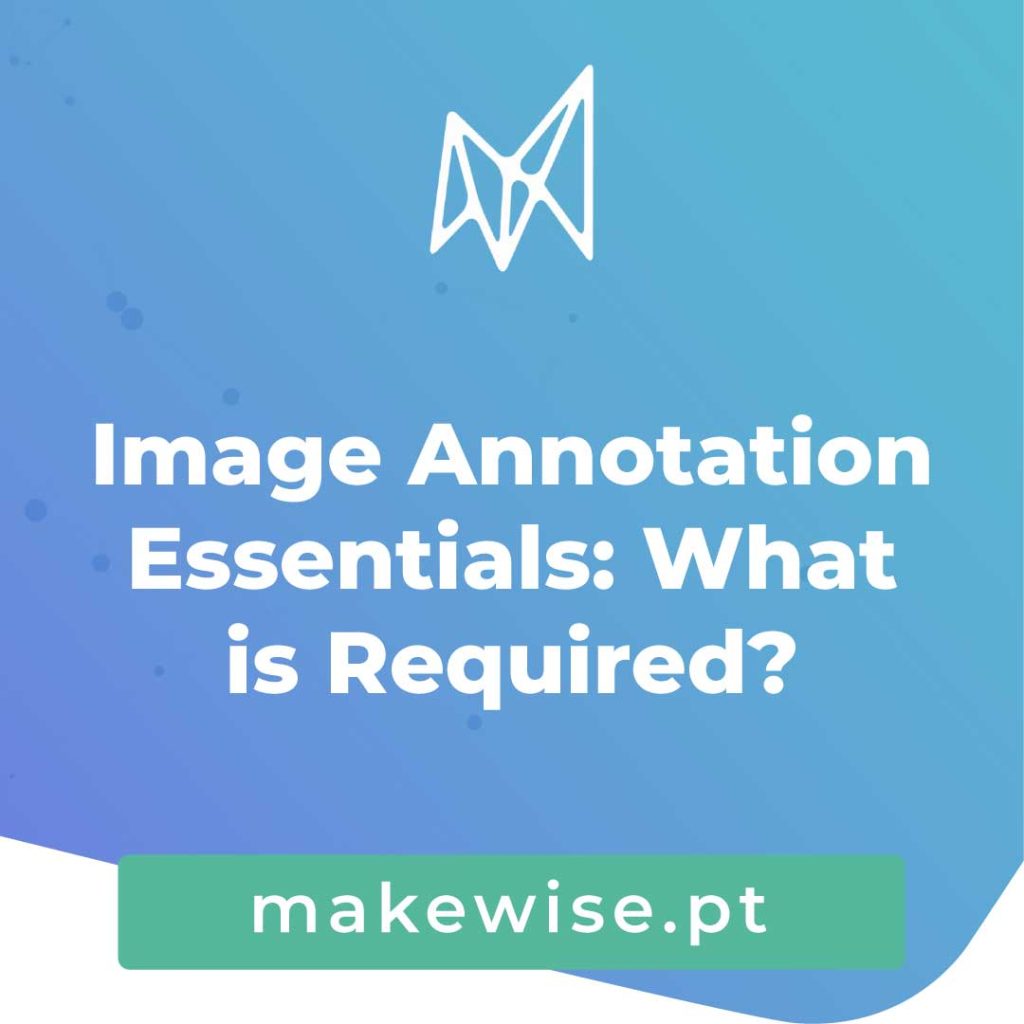


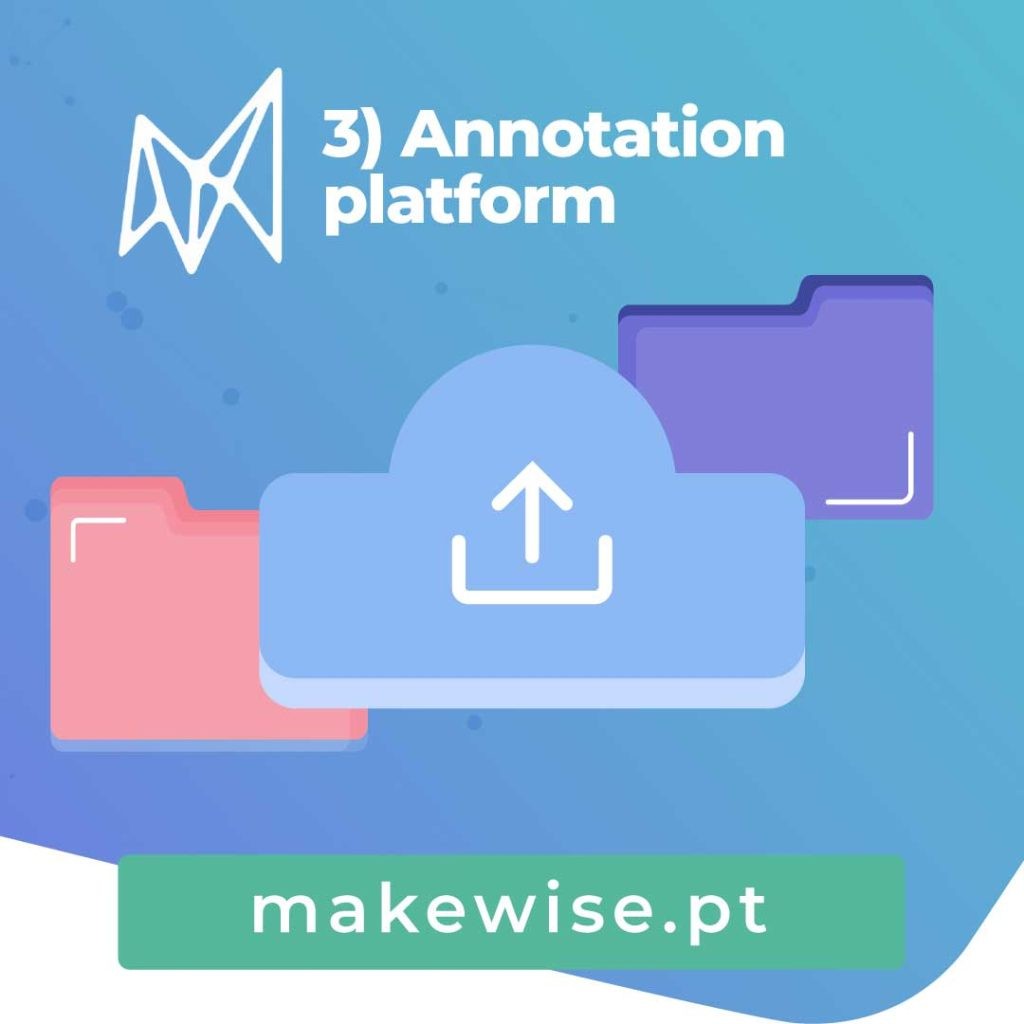
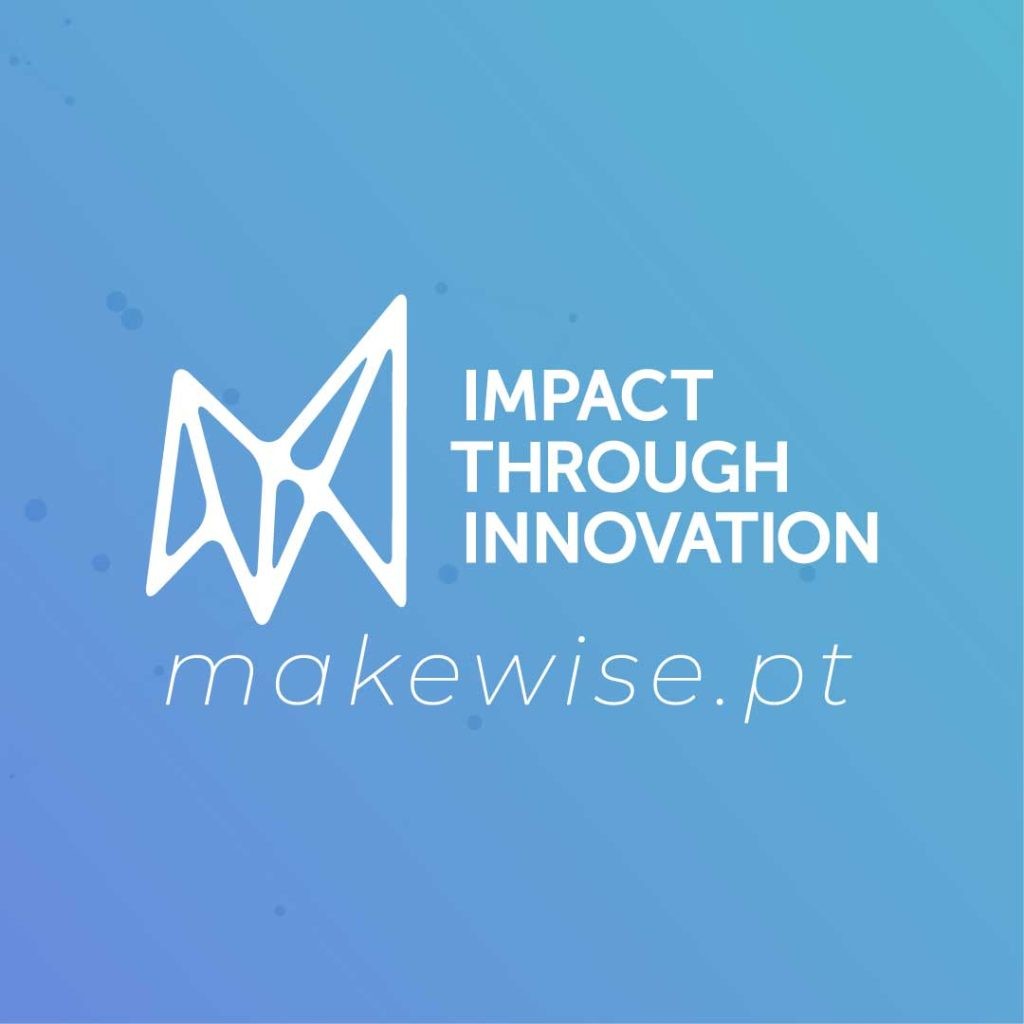
Image Annotation Essentials: What is Required?
Image annotation projects may have different requirements and, to succeed, they need diverse images, trained annotators, and a suitable annotation platform.
- Diverse images – Training a machine learning algorithm that can make accurate predictions requires many images. Having a greater quantity of independent images that encompass a wide range of surrounding conditions leads to better results.
- Trained annotators – For a successful image annotation project, it is essential to have a team of trained and well-managed annotators. Implementing a reliable quality assurance (QA) process is vital for effective project execution. Equally important is providing clear annotation guidelines to prevent errors before training. It is also crucial to provide regular feedback to enhance the QA process.
- The – A successful image annotation project relies on a functional and user-friendly annotation tool. When choosing a platform, ensure it has the necessary tools to meet your needs.
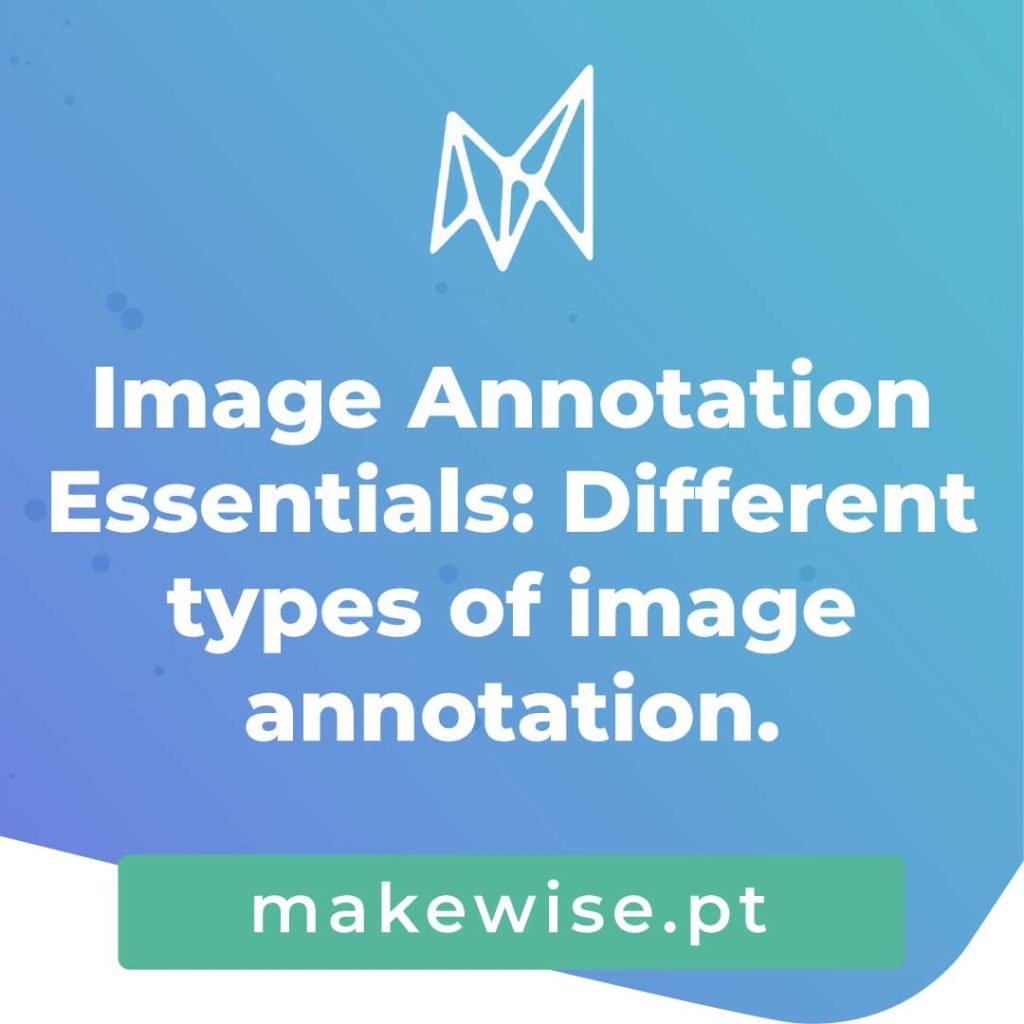
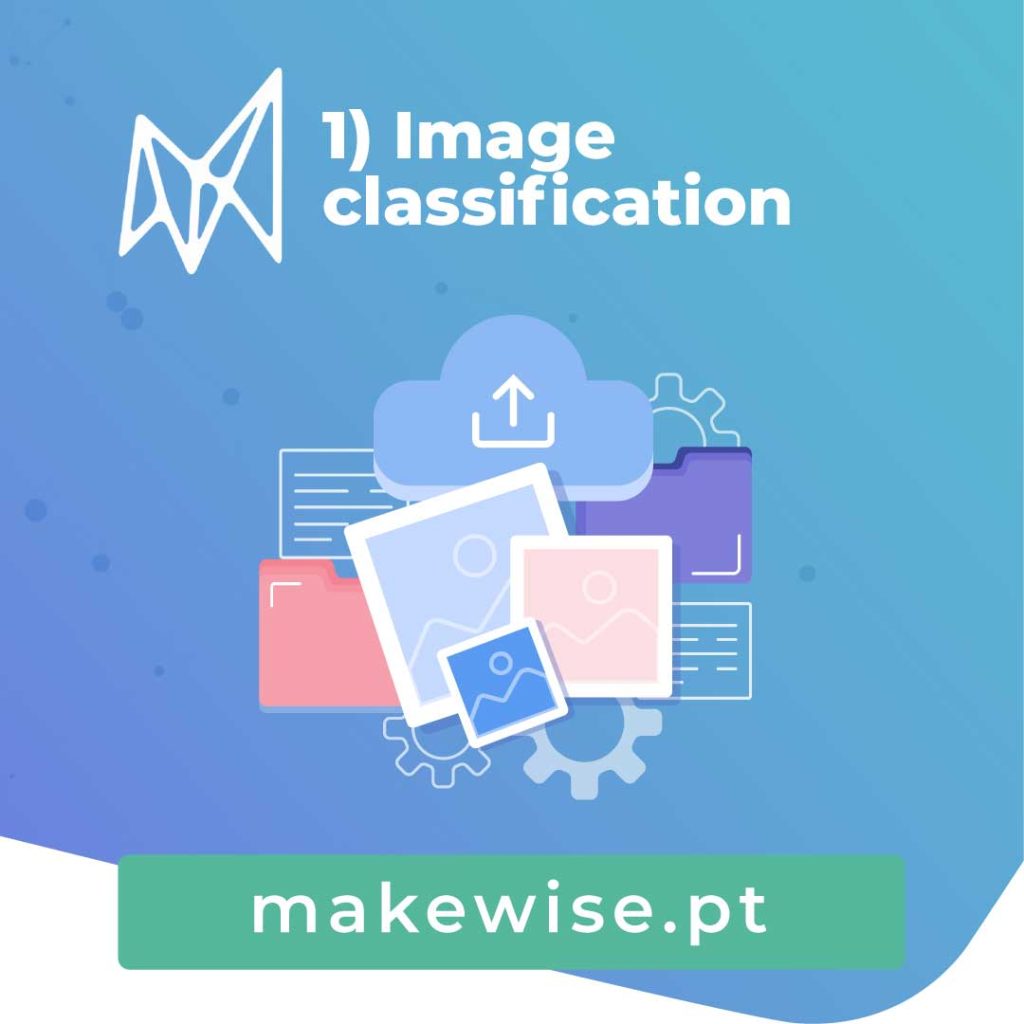
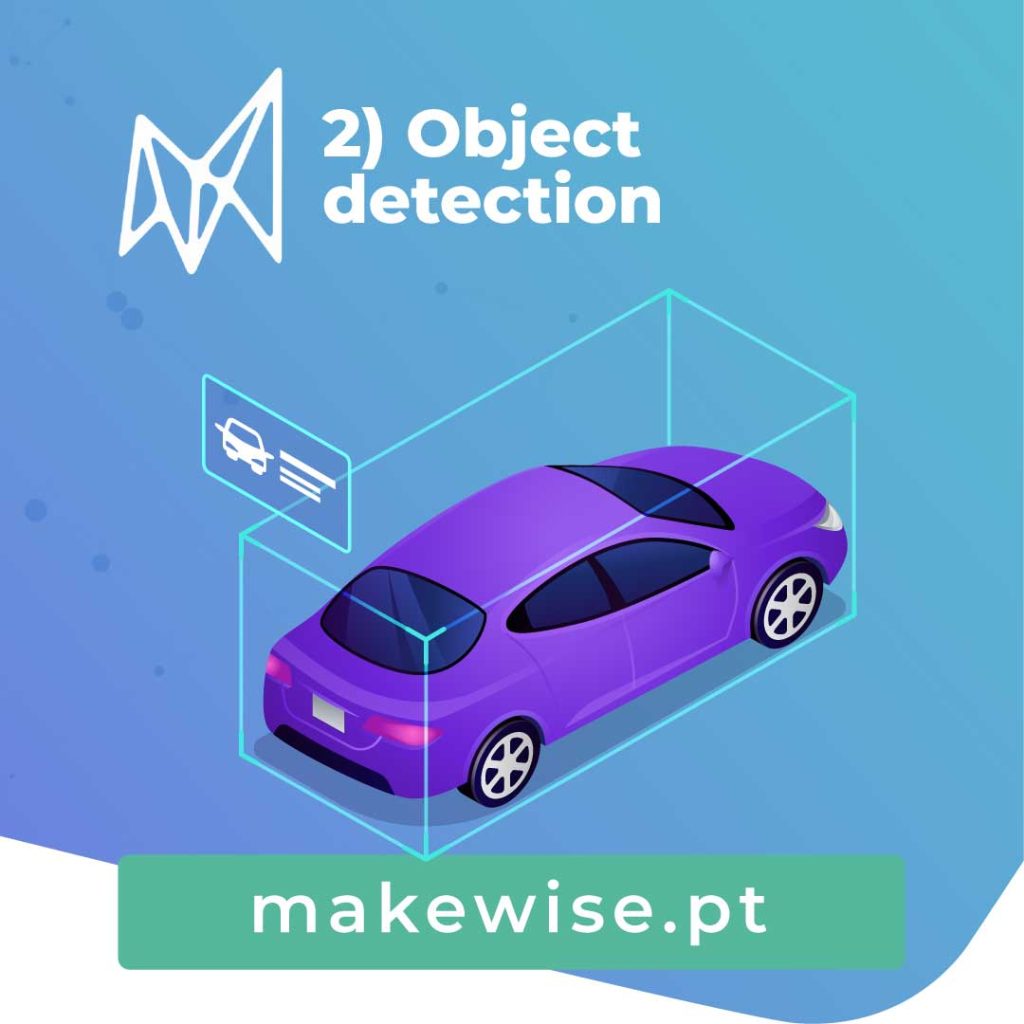
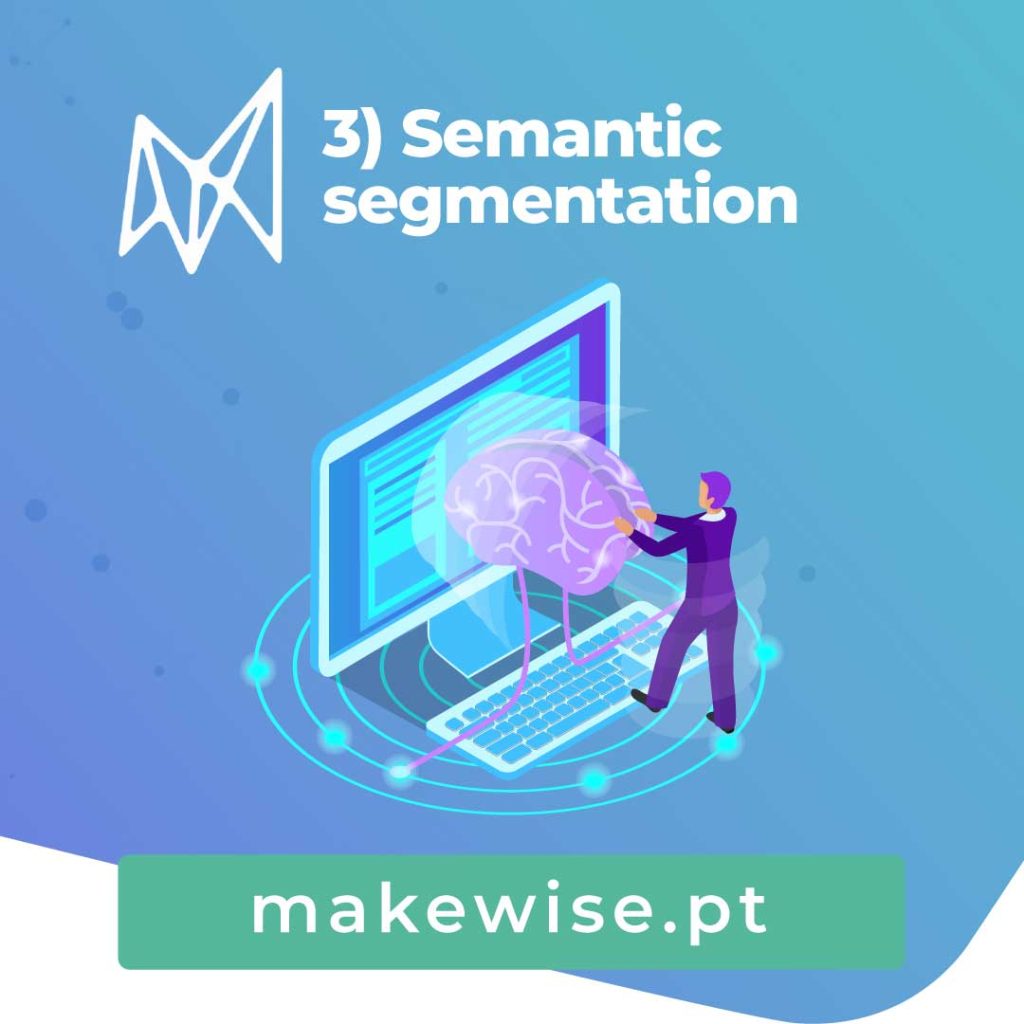
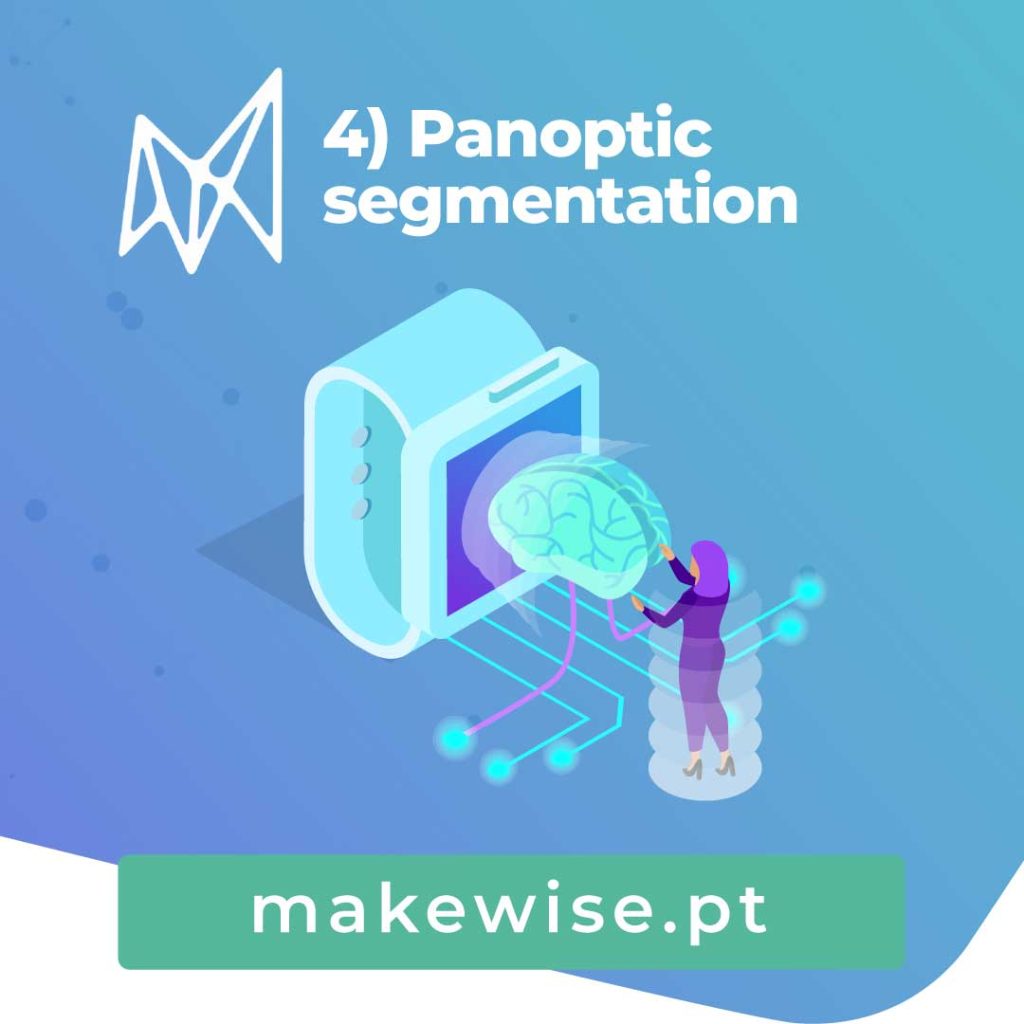
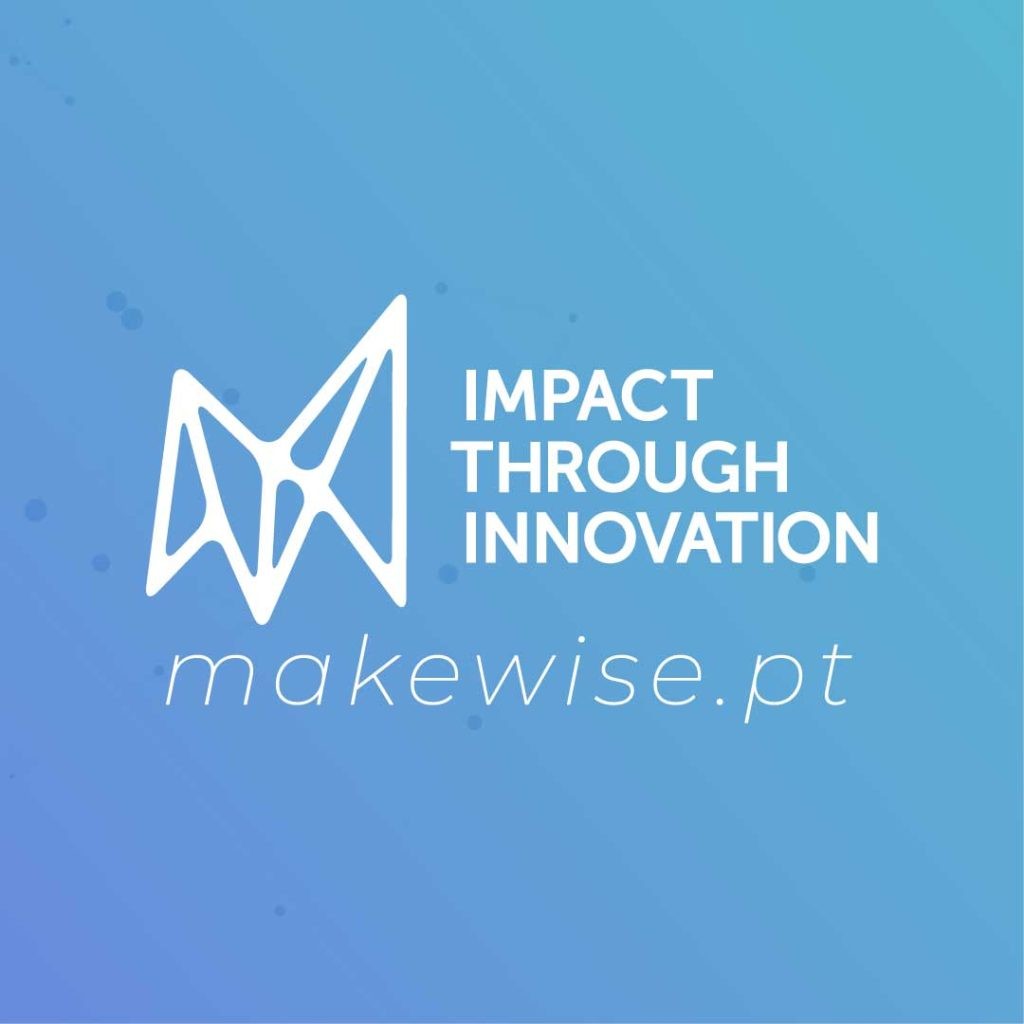
Image Annotation Essentials: Distinct types of image annotation.
There are some common categories of image annotation. While these types of annotation are distinct, they are not exclusive, and combining them can improve a model’s accuracy.
- Image classification – Assigns labels to entire images to categorize them.
- Object detection – Identifies and labels multiple objects within an image, along with their locations.
- Segmentation – Divides an image into segments and assigns labels to each segment.
- Semantic segmentation – Classifies clusters of images into different labels.
- Instance segmentation – Identifies specific objects as separate instances within an image.
- Panoptic segmentation – Combines semantic segmentation and instance segmentation to classify all pixels in an image with class labels and assign unique instances.
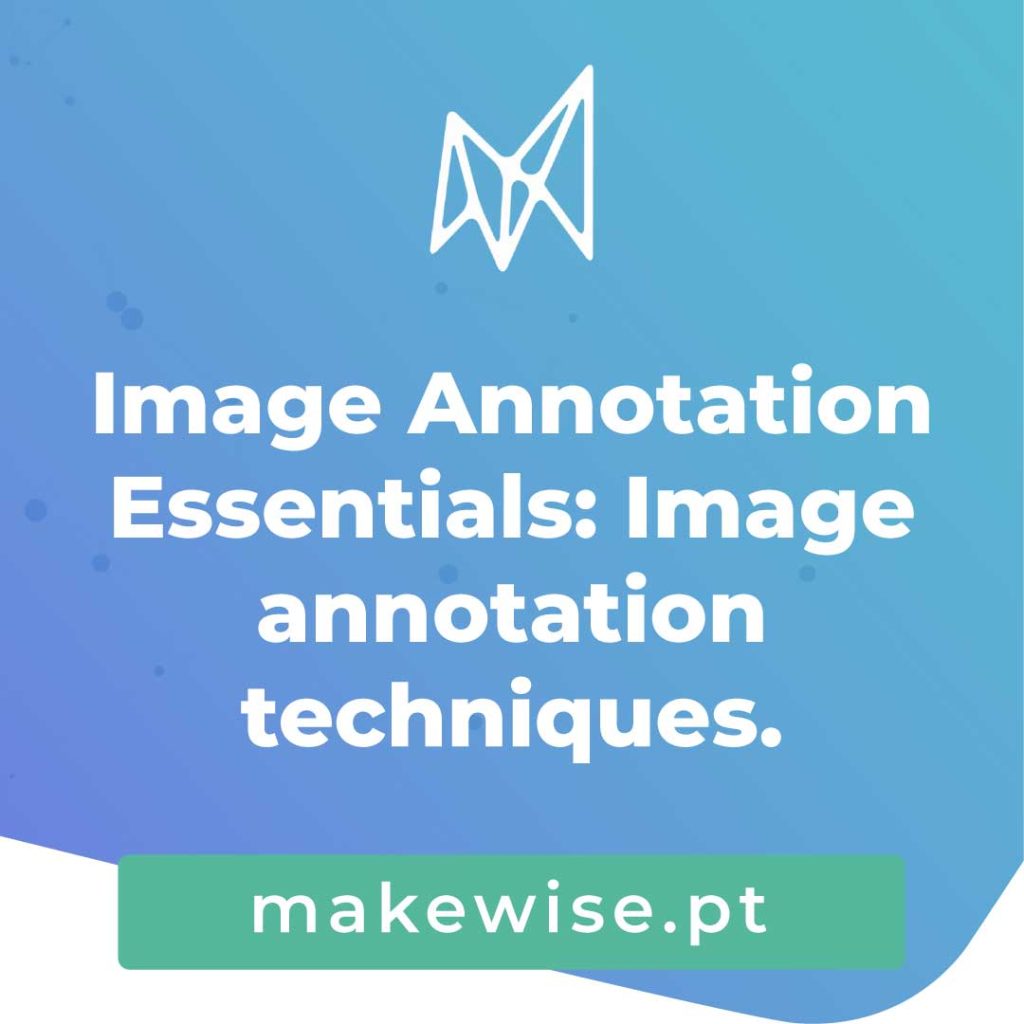
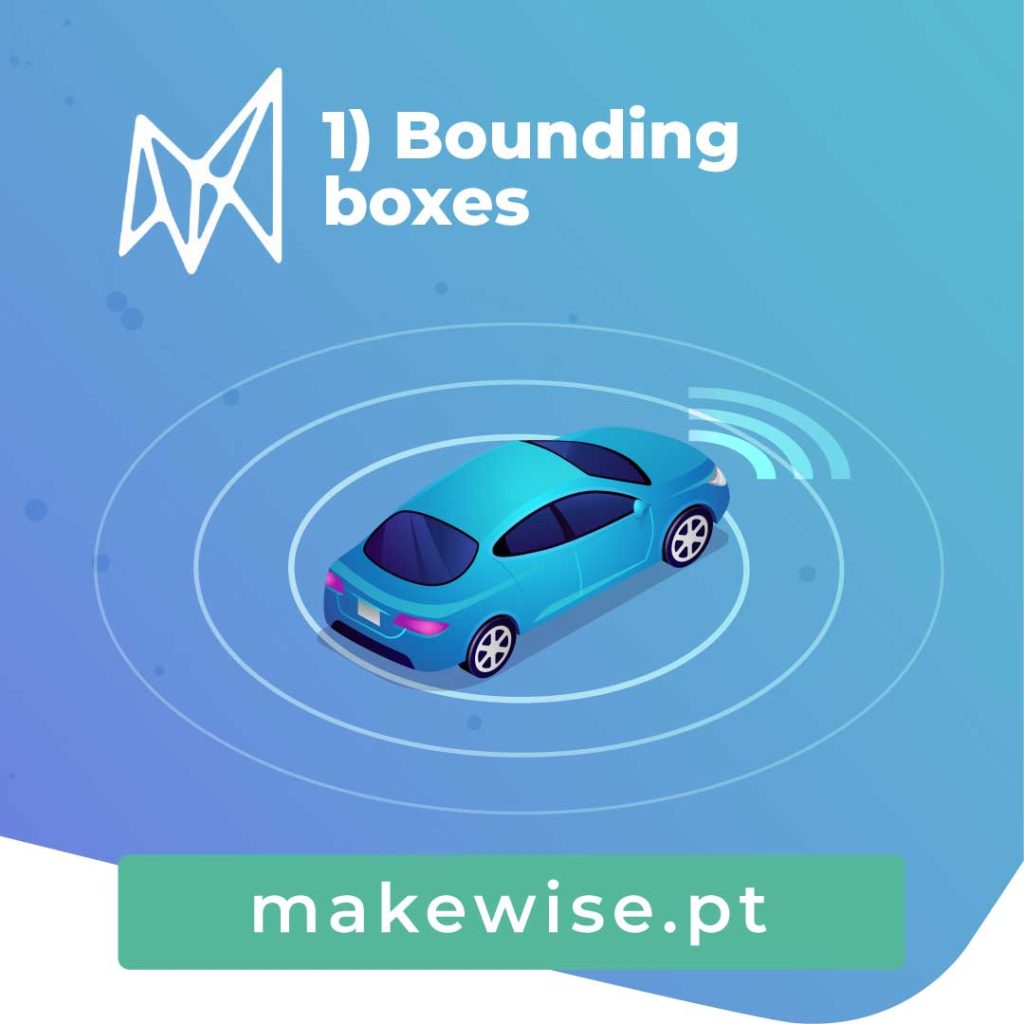
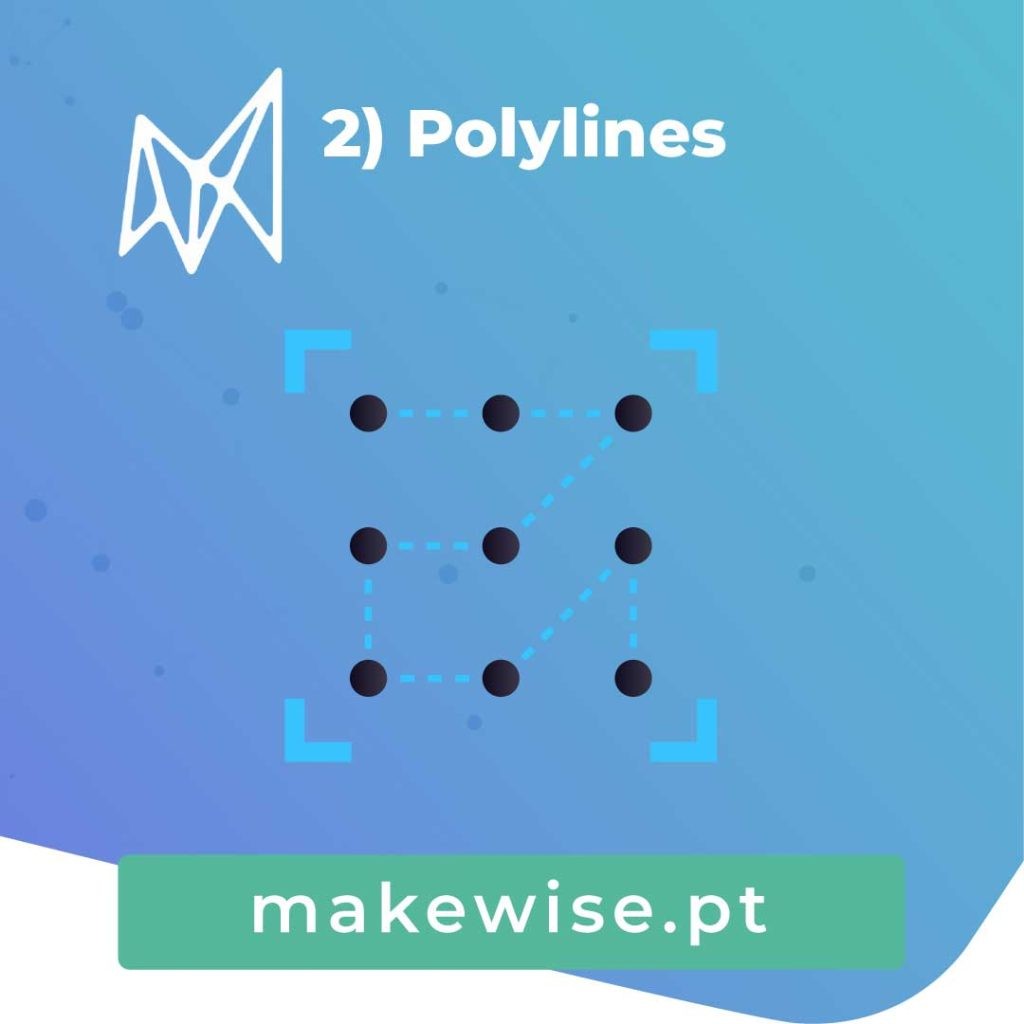
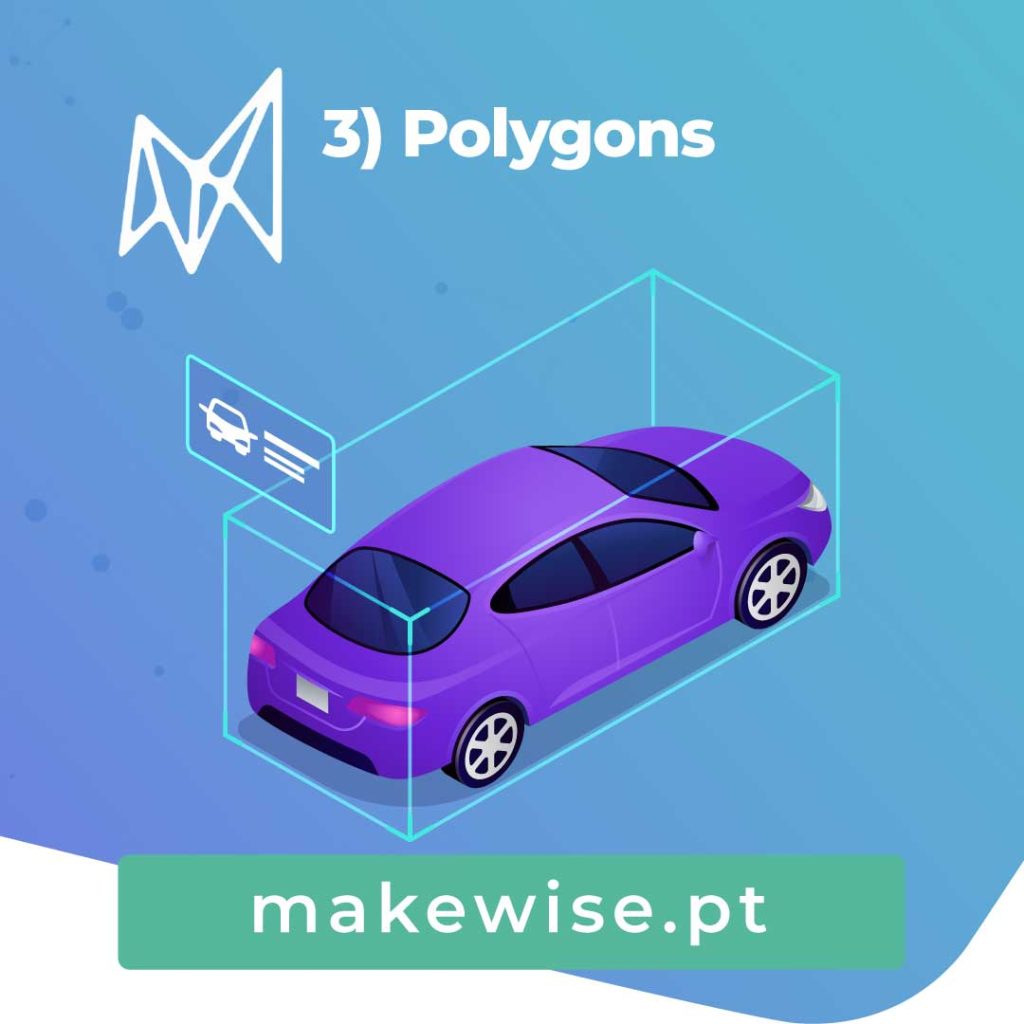
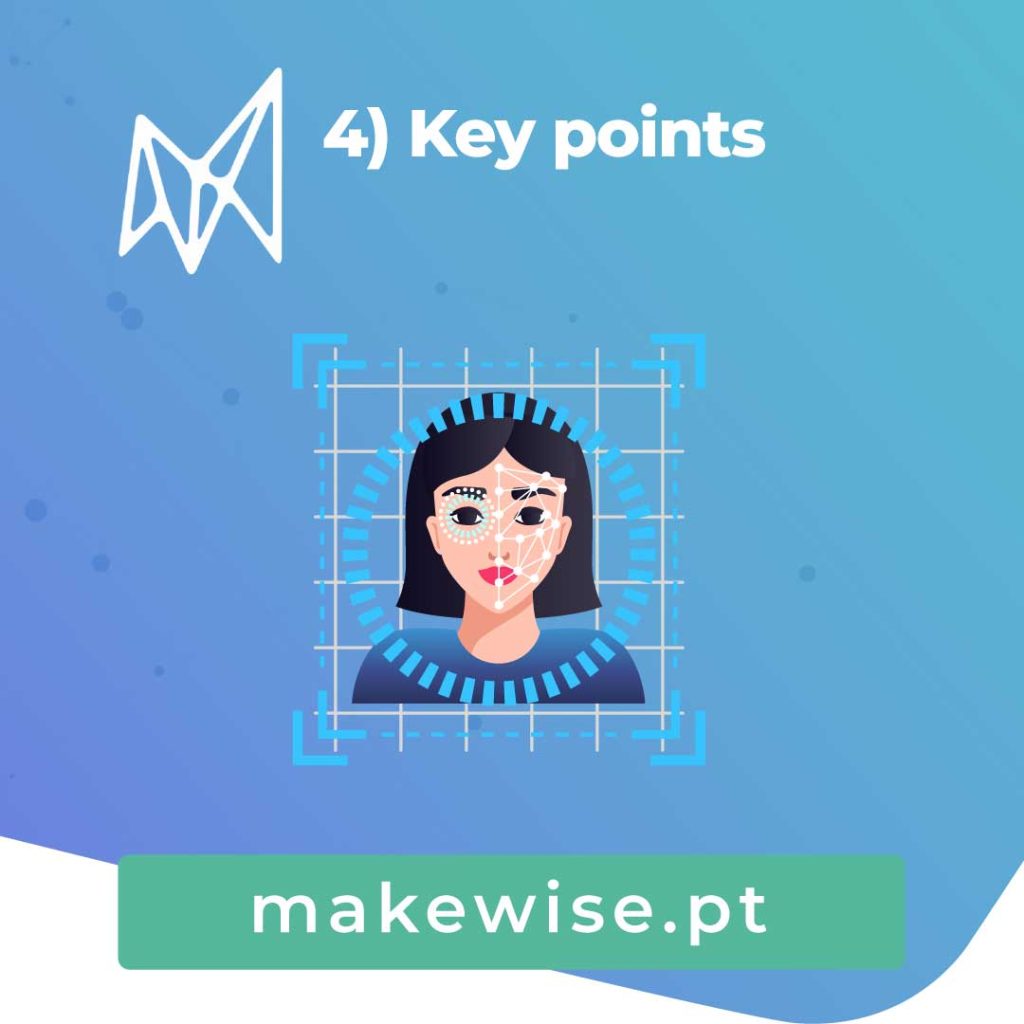
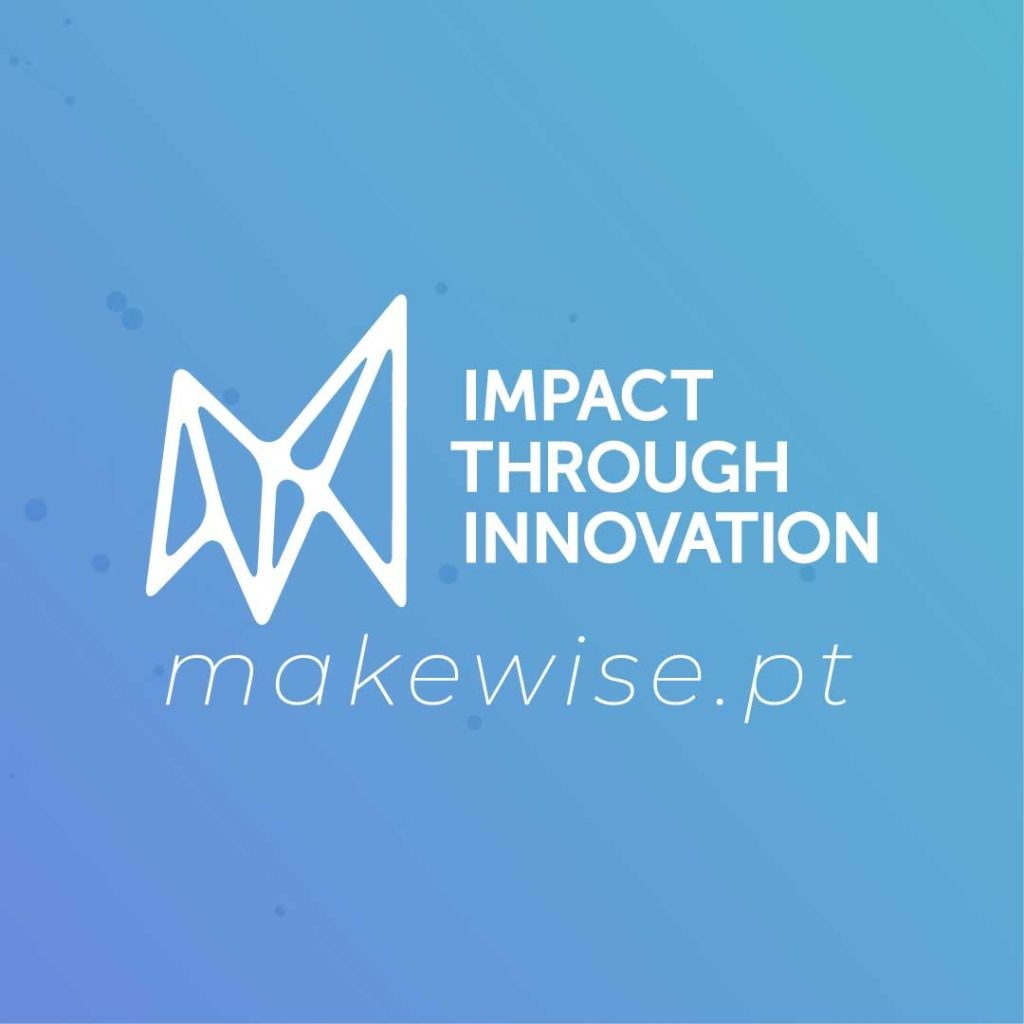
Image Annotation Essentials: Image annotation techniques.
Understanding the common image annotation techniques is important to determine which ones are suitable for each project. Not all techniques may be relevant, so knowing the project requirements will guide the choice of annotation tools.
- Bounding boxes – Bounding boxes are used to draw rectangles around objects such as, vehicles. They are effective for symmetrical objects. Image annotation with bounding boxes plays na significant role in helping algorithms detect and locate objects, making it essential for industries like autonomous vehicles.
- Polylines – Polylines are a straightforward image annotation technique used to annotate line segments, such as wires, lanes, and sidewalks. They involve using small lines connected at vertices to locate shapes of structures like pipelines and rail tracks. Polylines are especially important for training AI-enabled vehicle perception models, allowing cars to accurately trace themselves within roads.
- Polygons – Polygons are used to annotate the edges of objects with often asymmetrical shapes, such as rooftops, vegetation, and landmarks. Annotators select a series of coordinates along the edges to define the shape. They provide flexibility, precise labeling, and the ability to capture more angles and lines compared to other annotation techniques.
- Key points – Key points annotation is used to mark specific features on target objects, such as facial features, body parts, and poses. It can be used to pinpoint the location of eyes, nose, and mouth on a human face.
Image Annotation Essentials: Use cases.
This are some common use cases for image annotation:
- Face recognition – Image annotation is used to detect images of human faces using key points for facial recognition and distinguishing between different faces.
- Security and surveillance – Image annotation is used in surveillance to detect suspicious items and behaviors, enhancing security measures and public safety.
- Agriculture – Image annotation helps in detecting plant diseases and monitoring crop growth rates.
- Medical imaging – Image annotation assists in diagnosing diseases such as cancer and brain tumors, enabling faster and more accurate diagnoses.
- Robotics – Image annotation helps robots differentiate between various items and fragments of a production line, enabling automation in diverse tasks.
- Autonomous vehicles – Image annotation is essential for training computer vision algorithms in autonomous vehicles, allowing them to recognize objects, make informed decisions, and avoid accidents.
PLATE.VISION: License Plate Identifier by MakeWise
The PLATE.VISION system – ANPR (Automatic Number Plate Recognition) – is a real-time vehicle identification software (License Plate, Vehicle Identification Number, Brand, and color, etc.).
- Application in critical scenarios – Filling stations, Road Tolls, Car Parks, etc.
- Multiple types of identification – License Plate, Vehicle Identification Number, Brand and color, etc.
- Better Performance – Real-time processing and operation
- Multi-Platform – Server and Desktop, Cloud and Mobile Environments
Confirm all MakeWise’s solutions here, and start your business digital transformation journey today. Contact us!

